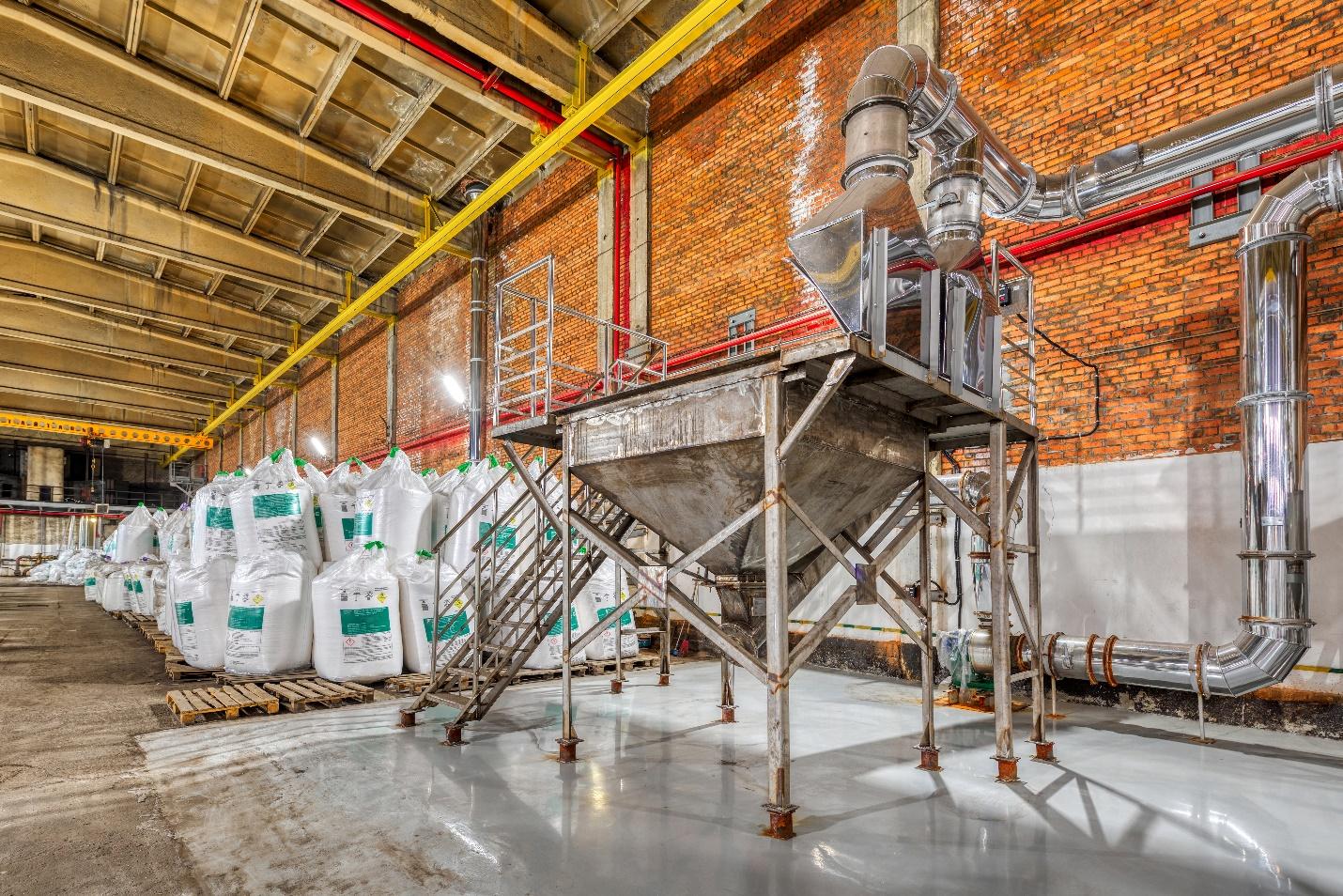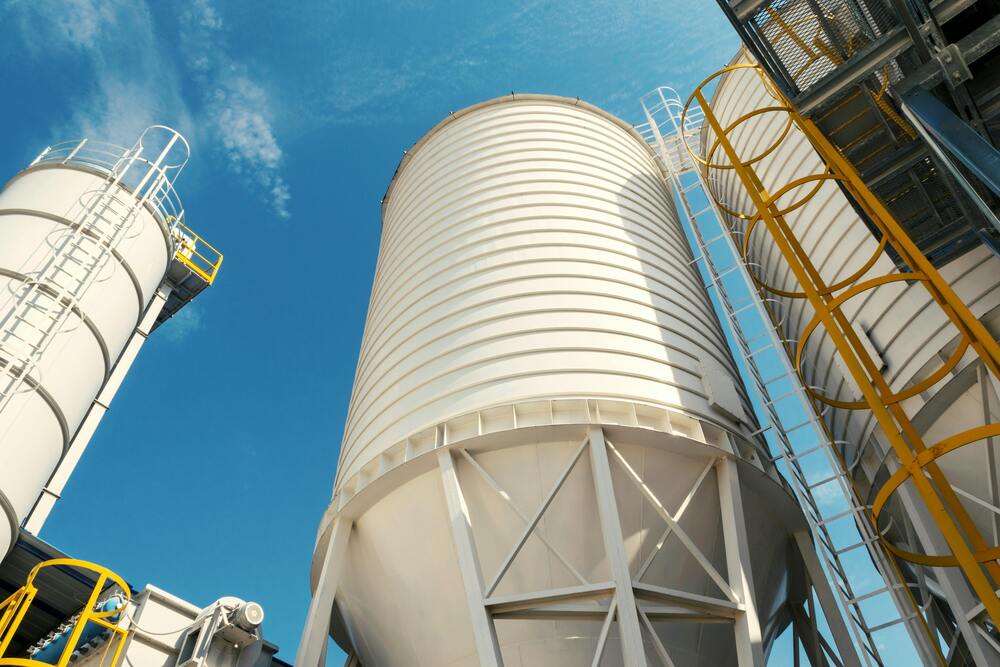Powder handling problems can be a source of much frustration and lead to hours of expensive downtime for food and beverage manufacturing companies that aren’t careful. At worst, these powder handling issues can even damage costly machinery, produce sub-par or even unsellable end-products, or claim lives. Needless to say, it’s best to watch for indicators of these issues and learn to avoid them altogether.
With that said, here are 3 common powder handling problems you should look to avoid.
1. Dust Explosions
Dust explosions are one of the most overlooked hazards in the food and beverage manufacturing sector—just last year, a combustible dust explosion in Tuas left three workers dead while injuring seven others—and can happen when there are high concentrations of combustible dust particles accumulating around or inside an enclosed powder processing system..
These dust particles run the risks of igniting when meeting a spark, metal ember, or other ignition sources, which often come from old or ill-maintained mechanical equipment. Once these particles are ignited, they cause a high-pressure airwave that explodes out the bulk powder handling equipment, where the mixing of these ignited dust particles with oxygen in the air results in a larger radius of damage, or worse still, a second or third explosion.
How to Avoid It
Dust explosions can be avoided by reducing or eliminating the risk of powders or dust particulate entering unwanted areas in your powder processing equipment. This can be done by installing dust filter and control systems in your bulk powder handling equipment; or by using dense phase pneumatic powder conveying systems or ATEX-rated systems, which:
- releases far less dust than mechanical conveyors at the numerous entailed transfer points;
- prevents overt dust accumulation with sufficient containment through a fully enclosed system; and
- offers the option of using inert gases such as nitrogen in place of oxygen for conveying, to eliminate the risk of ignition.
2. Powder Contamination
Sanitary issues in powder handling can arise due to contamination of food powders by undesirable bio-life forms, chemical substances, and heavy metal particulates. These can cause major impacts on the health of end-consumers, and one prolific case is all it takes to stir up the entire industrial sector and run the food and beverage manufacturing company responsible to the ground (think Johnson & Johnson’s baby powder contamination and its 30,000 resultant global lawsuits).
How to Avoid It
Investing in quality magnetic separators can easily alleviate and eliminate metal contamination. But to deal with the powder handling problem of contamination in its entirety, manufacturers must use a three-pronged approach: proper containment, prevention of infiltration, and increased ease of cleaning or maintenance in relation to the relevant powder processing equipment. Once again, the use of appropriate pneumatic conveying equipment poses itself as a workable solution to tackle all three mentioned areas.
Pneumatic powder conveying systems transport products through enclosed pipelines that provide for more efficient containment and reduced risks of infiltration by unwanted particles. Pneumatic conveying systems also consist of fewer moving parts, thus facilitating greater ease in cleaning and maintenance work.
3. Process Changes
Lastly, food and beverage manufacturing companies often face problems in powder handling when there are process changes due to legislation, company growth, or emergent manufacturing trends.
Most bulk powder handling systems lack flexibility, and a change in processes often entails using entirely new equipment in addition to existing systems, which can result in prolonged periods of downtime and significant expenses. To make matters worse, due to limited land space in Singapore, the price of expanding your area of operations to fit in new powder processing equipment can also add up to yet another hefty sum.
How to Avoid It
The use of pneumatic conveying equipment in place of mechanical ones can make these worries regarding process changes irrelevant. Pneumatic powder conveying systems are far easier to work with in situations where the scope of your manufacturing business could increase, due to its customisability and its hosting of more feeding and destination points. These modular systems allow companies to increase their outputs or add a new process without the need for a high capital spend.
Using pneumatic conveying systems for your powder handling can thus help food and beverage manufacturing companies save on both plant space and the otherwise expensive cost of expansion in the face of process changes.
Achieve Excellence in Powder Handling with Pneu Powders Systems
Powder is undoubtedly one of the trickiest materials to handle, but the right equipment—when combined with the right knowledge and awareness of risks and challenges—can make safe, consistent handling achievable and scalable.
Pneu Powders Systems is the leading integrator of pneumatic conveying and powder handling systems in Asia-Pacific and the Middle East. Partner with us today for innovative powder handling solutions for all your manufacturing needs.




